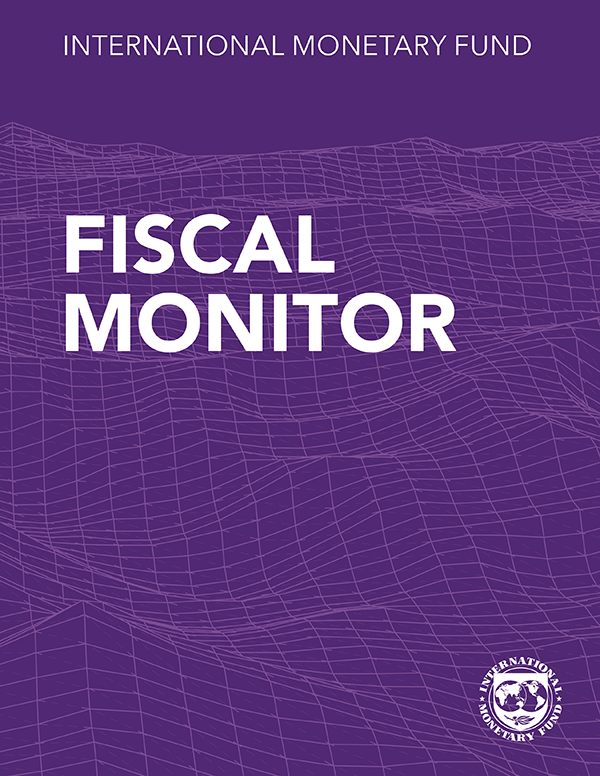Latin America and the Caribbean: Recent Developments, Outlook, and Policies

After a stronger-than-expected recovery from the pandemic and continued resilience in early 2023, economic growth in Latin America and the Caribbean (LAC) is softening as the effect of tighter policies to combat inflation is taking hold and the external environment is weakening. The early and swift monetary tightening across the region since 2021, together with the withdrawal of most of the pandemic fiscal stimulus and the reversal of external price pressures, have helped put headline inflation on a downward trajectory. Core inflation has also started to ease, as price pressures are becoming less generalized, although it remains elevated amid strong labor markets and positive output gaps in some countries. Banking systems have weathered the rise in interest rates well and are generally healthy, though credit to the private sector is decelerating amid tighter supply conditions and weaker demand.

Background Paper: Income Volatility and Social Insurance in Latin America
Historically, Latin America has been a volatile region, with aggregate income volatility higher than in other emerging economies and twice as high as in advanced economies. Large income swings can disrupt household consumption and investment decisions, push individuals into poverty, and lead to social unrest. This paper documents the level and evolution of income volatility in Latin America and the role of social insurance in mitigating this volatility.

Background Paper: Trade Integration and Implications of Global Fragmentation for Latin America
Countries in Latin America and the Caribbean (LAC) trade substantially less than those in other emerging market and developing economies. Poor infrastructure is an important impediment to trade and closing the infrastructure gap can yield sizable trade and output gains. LAC is well placed to withstand a mild scenario of global trade tensions (fragmentation) in which trade barriers are erected only among large economies, although output losses could be sizable in more extreme scenarios. Reducing trade barriers, closing infrastructure gaps, and putting in place policies that make LAC an attractive investment destination could pay a double dividend of boosting trade and growth in the region and mitigating the risks from global fragmentation.

Online Annex 1.
Banking in a High-Interest-Rate Environment in Latin America
Online Annex 2. El Niño’s Potential Impact on Latin America
Online Annex 3. Climate Shocks and Cross-Border Migration in Latin America and the Caribbean
Online Annex 4. Crime and its Macroeconomic Consequences in Latin America and the Caribbean
Online Annex 5. Debt-for-Nature Swaps in Latin America and the Caribbean
Publications

-
June 2024
Finance & Development
- An IMF for Tomorrow

-
September 2023
Annual Report
- Committed to Collaboration

-
Regional Economic Outlooks
- Latest Issues









